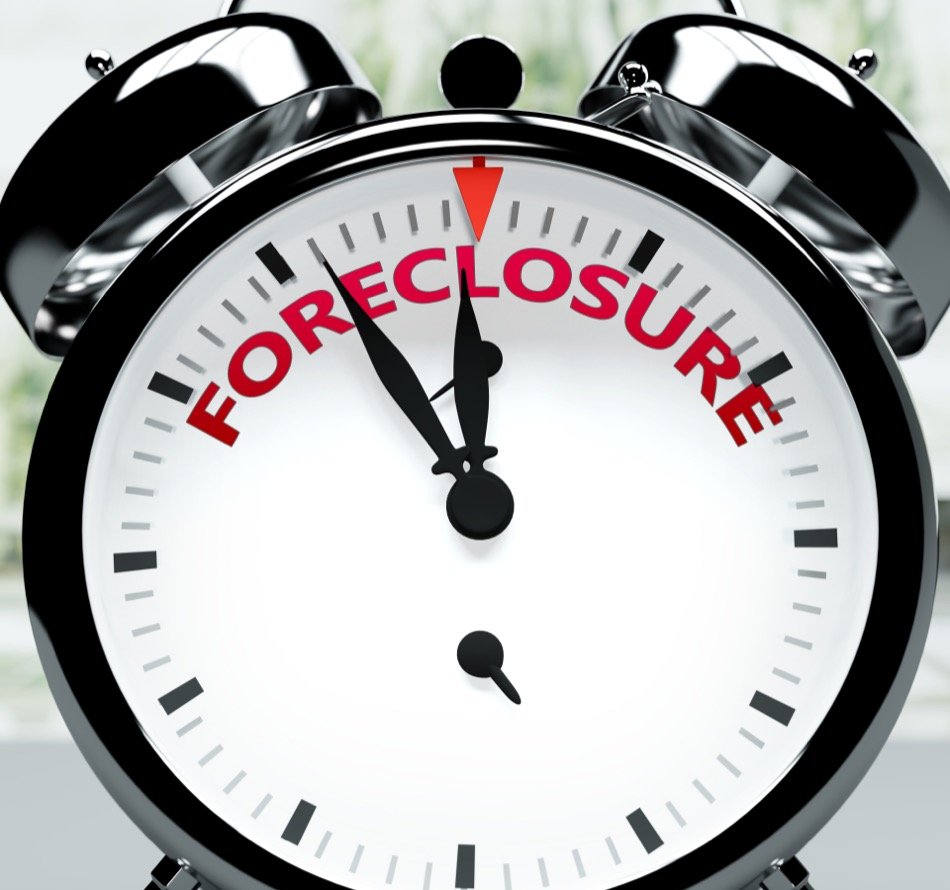Received Notice to Foreclose on Your Home? A Guide to the Process and Resolution Tips
Posted by Justin Havre on Friday, January 10th, 2020 at 9:16am.
 Canadian homeowners who fall behind on mortgage payments for one reason or another are likely to have a tough road ahead. Lenders will not wait long before taking action against those in default on their loans through one of two courses of action—a power of sale or judicial foreclosure—depending on the province in which the residence is located.
Canadian homeowners who fall behind on mortgage payments for one reason or another are likely to have a tough road ahead. Lenders will not wait long before taking action against those in default on their loans through one of two courses of action—a power of sale or judicial foreclosure—depending on the province in which the residence is located.
Residents of Prince Edward Island, Ontario, Newfoundland, New Brunswick and Labrador will likely face a foreclosure process known as a power of sale. Those residing in Quebec, Alberta, Nova Scotia, British Columbia and Saskatchewan are typically served with a judicial foreclosure. We shall explain the process of both actions and offer some potential solutions and remedies at a Morningside homeowner's disposal.
For informational purposes only. Always consult with an attorney, tax, or financial advisor before proceeding with any real estate transaction.
The Process of a Power of Sale in Foreclosure Proceedings
The power of sale gives owners a bit more of an opportunity to get themselves out of arrears through cooperation with the lender. While it's the most common type of Canadian foreclosure, it's not the cheapest to get through. Notice of a power of sale can come in as little as 15 days after the first late mortgage payment, but it's not yet too late to save the home.
First, owners should call the lender as soon as they receive the notice and request to negotiate a payment plan before the power of sale action begins. Many lenders will be amenable, as they don't want to deal with foreclosures either. Taking action fast might prevent expensive legal involvement, which will ultimately equate to further expenses for the homeowner.
Those with home equity in place will surely want to reclaim that investment and perhaps can use it to get the home out of arrears. Once served with a power of sale, borrowers have 37 days to tackle the resolution process before the lender can take any action to sell or remove owners from the home. In the case of statutory sales, owners have 45 days to get the funds requested by lenders and get the home in good standing again.
If no action is taken or efforts to pay back debt fail, after 37 days, lenders serve owners with a formal statement of claim for outstanding debt in addition to a notice of possession of the property. There will be a 20-day period at this point to give owners the chance to file a defence statement with the court, and this is an imperative step for those who want to stay in the home and protect their investment and equity.
Failure to reply leads to an automatic default judgment for lenders along with a writ of possession that leaves owners defenceless unless there is a serious issue with the lender. At this point, the lender can start the eviction process, auction the home, and use the funds to pay off the debt. Remaining funds (if any) from the sale's proceeds will then go to the borrower.
So, how do you prevent the power of sale notice from getting this far? Most commonly, homeowners utilize the equity in their home to establish a new first mortgage to pay off the defaulted mortgage or arrange for a second mortgage. These are effective options that should be explored immediately when financial issues begin to arise.
Judicial Foreclosure in Canada and Possible Solutions
In a judicial foreclosure, the process is wholly controlled by the courts, so it's vital owners don't ignore any notices sent. Doing nothing will default the owner's position and cement the loss of the home and any equity in it. The procedures will start when lenders file a claim statement with the court, and owners are then served with a copy of the statement. They have approximately 20 days to submit a formal reply in the form of a demand for notice or a statement of defence.
The owner's statement will then be reviewed, and if the courts deem it warranted, they may issue a redemption order giving the debtor time to resolve the situation by bringing the loan back into good standing. Redemption orders typically last six months, and this gives owners time to talk to a financial specialist who can help them consolidate their debts. Then, homeowners can deal with a mortgage professional to talk more about applying for a new mortgage to get out of foreclosure altogether.
Don't Wait Until It's Too Late to Save Your Home
Yes, you will have to invest a bit of money to explain your financial situation and then further pay financial and mortgage experts fees to save your home. However, if you have even a small amount of equity, it is well worth your time to take action the minute you realize you will be late on a payment rather than even waiting for that first notice to arrive.
For informational purposes only. Always consult with an attorney, tax, or financial advisor before proceeding with any real estate transaction.
